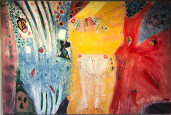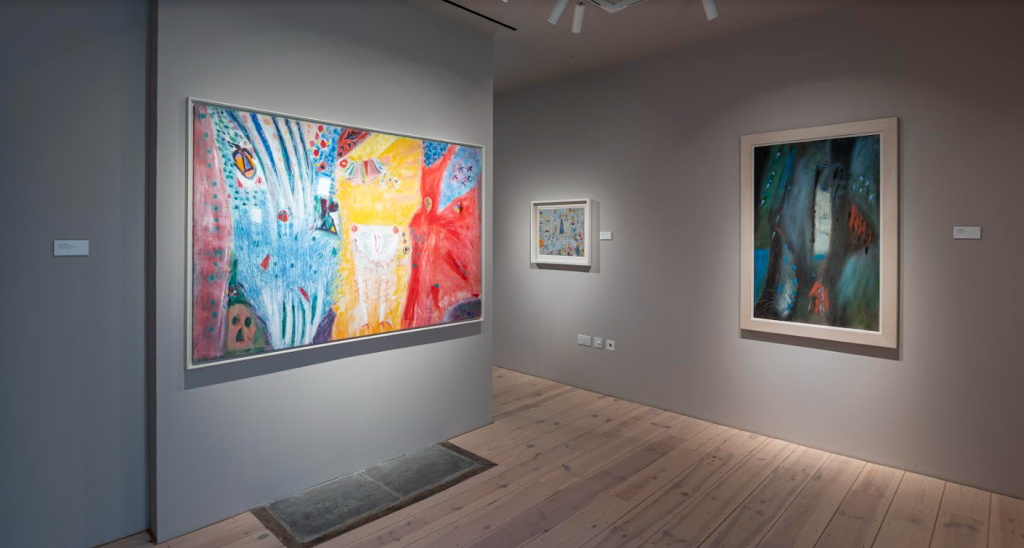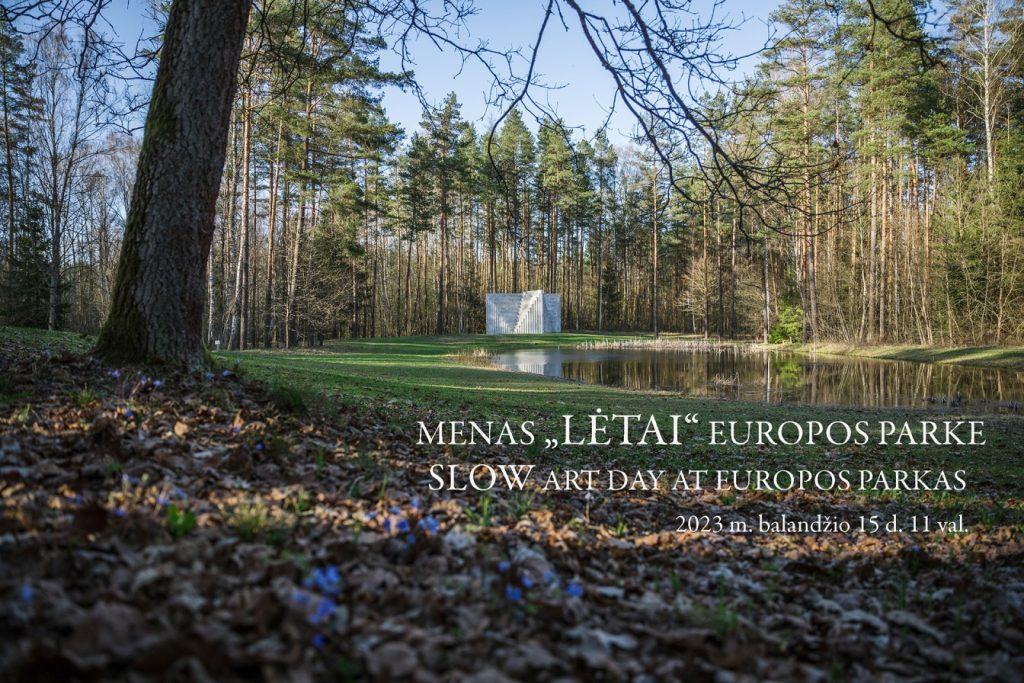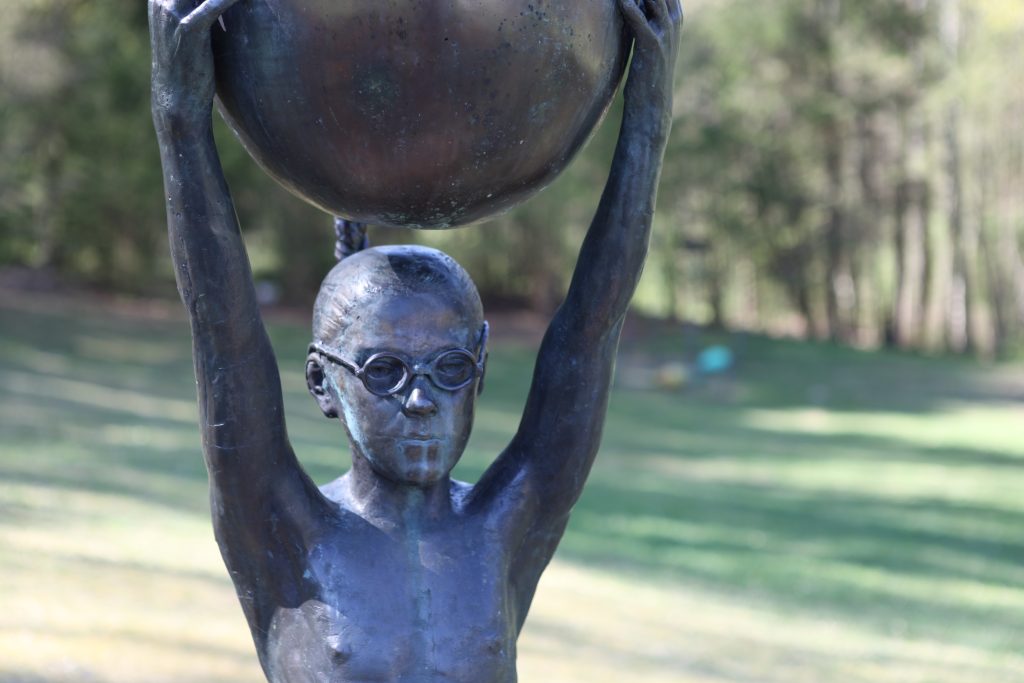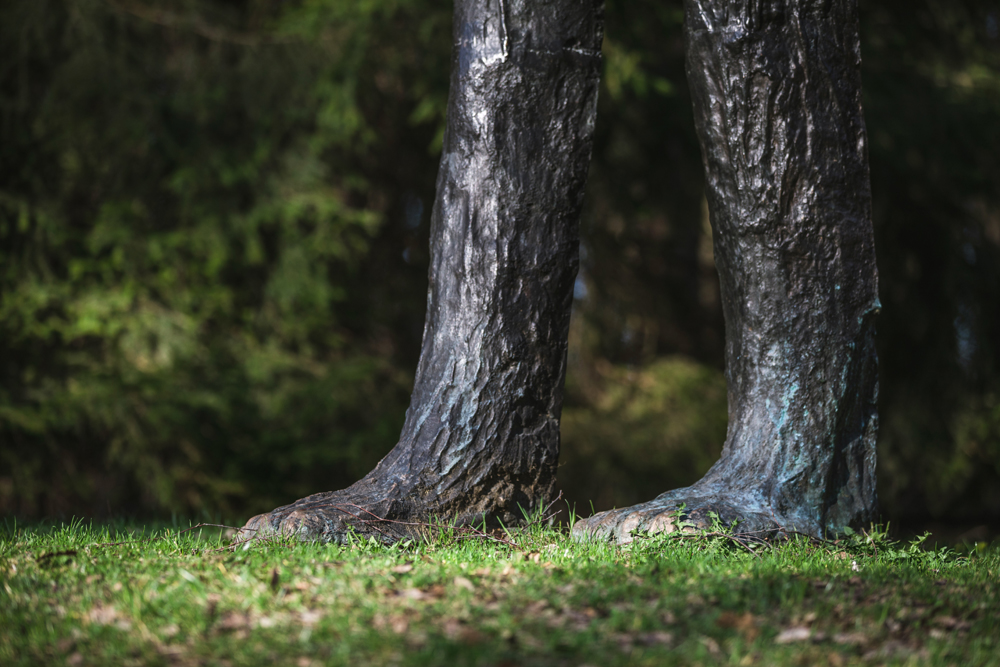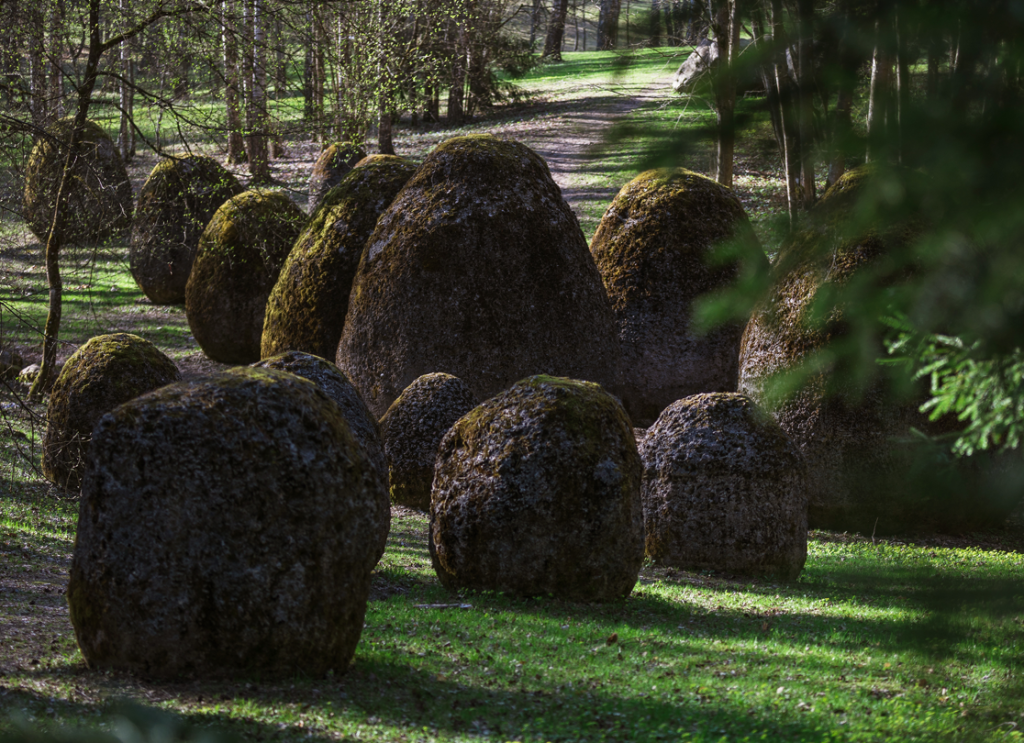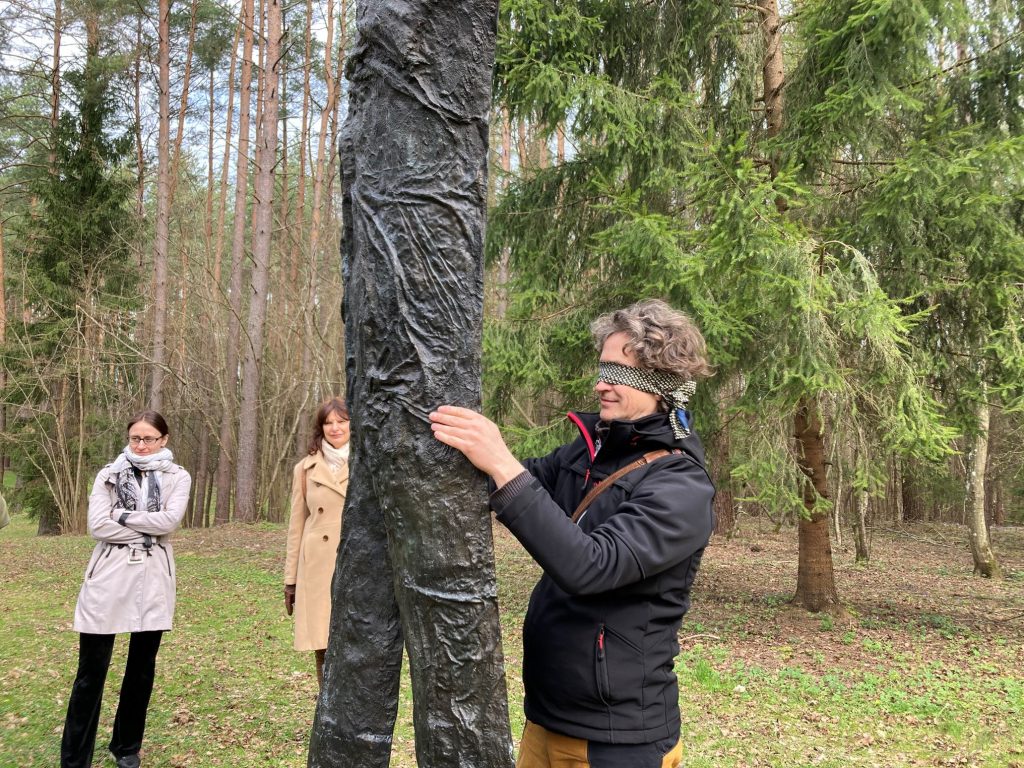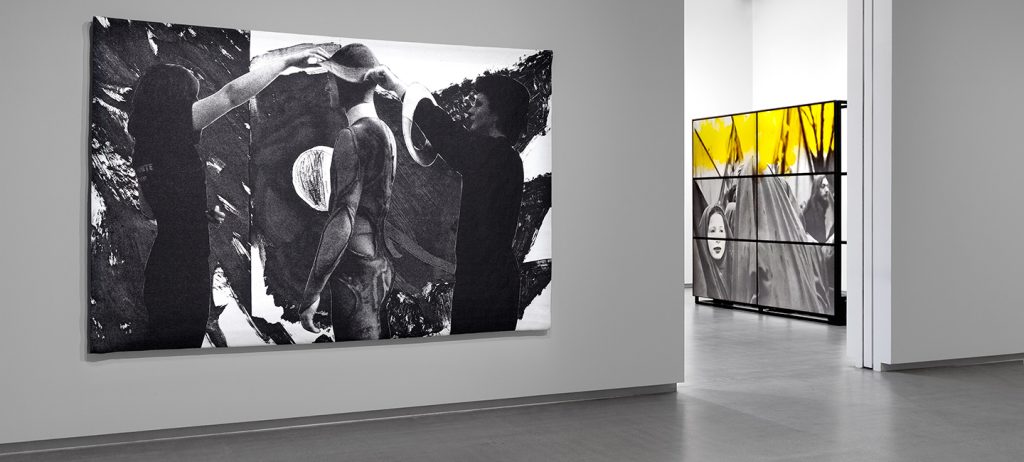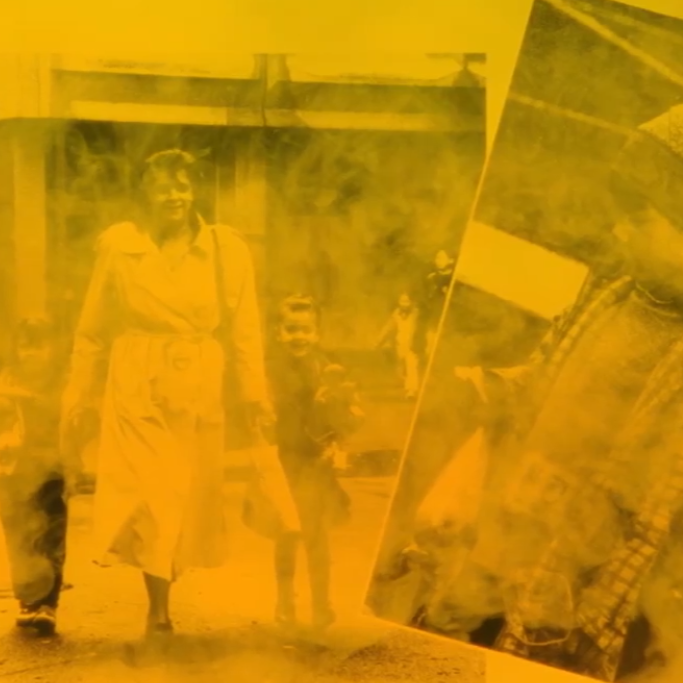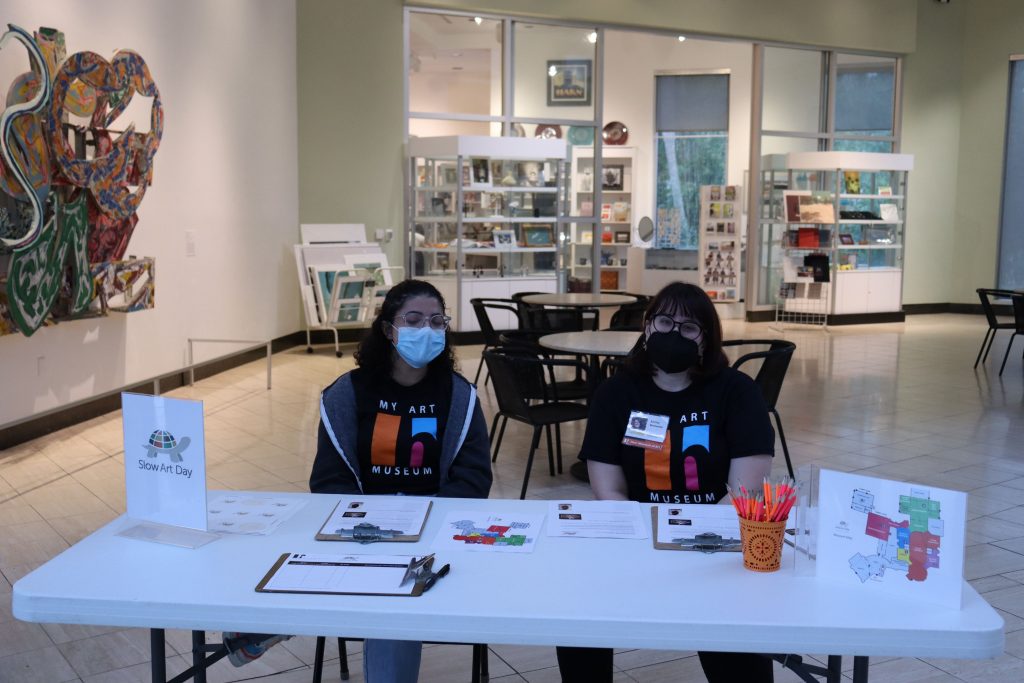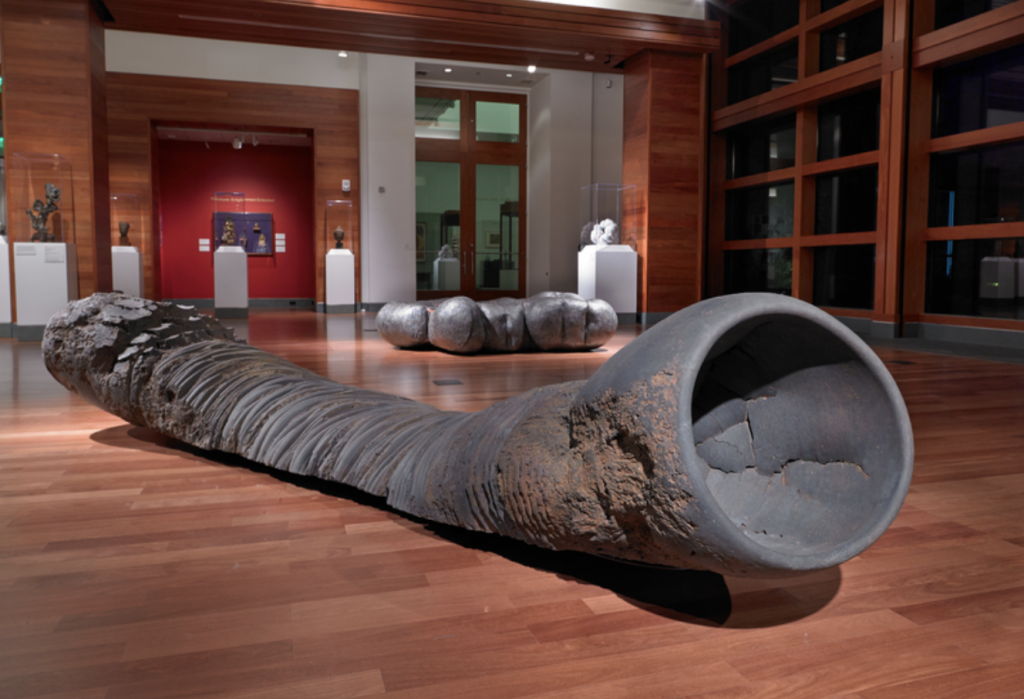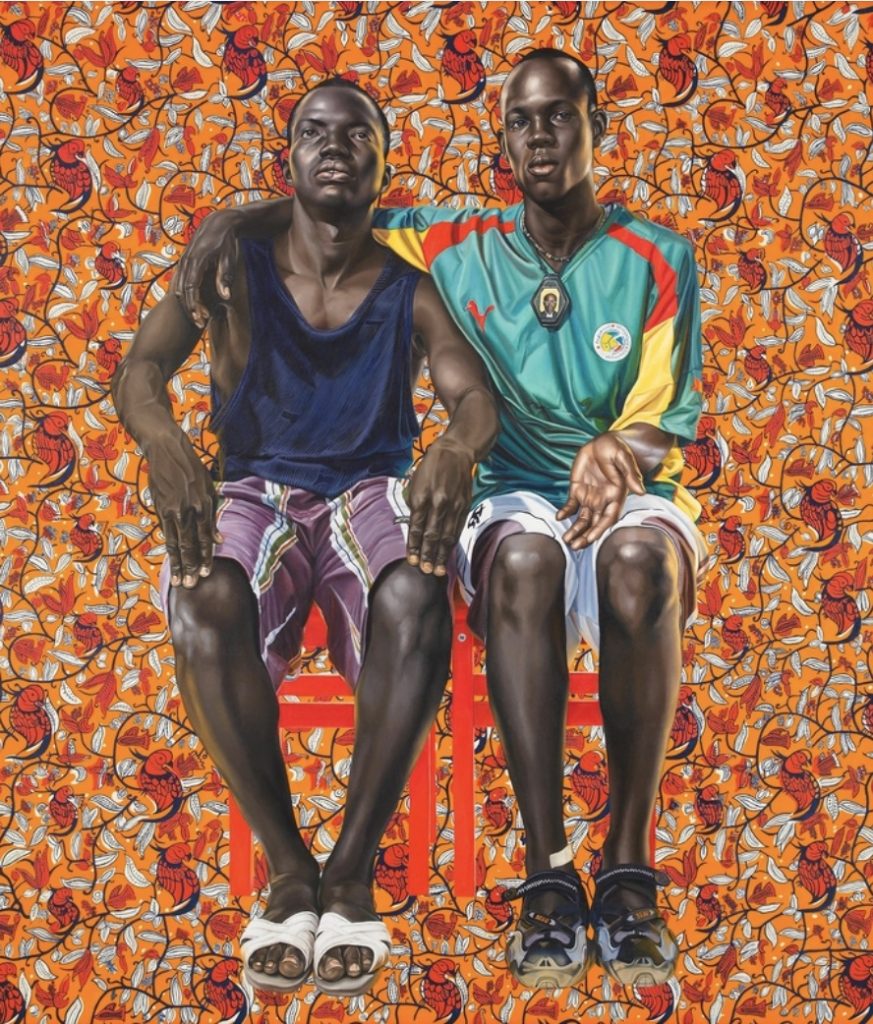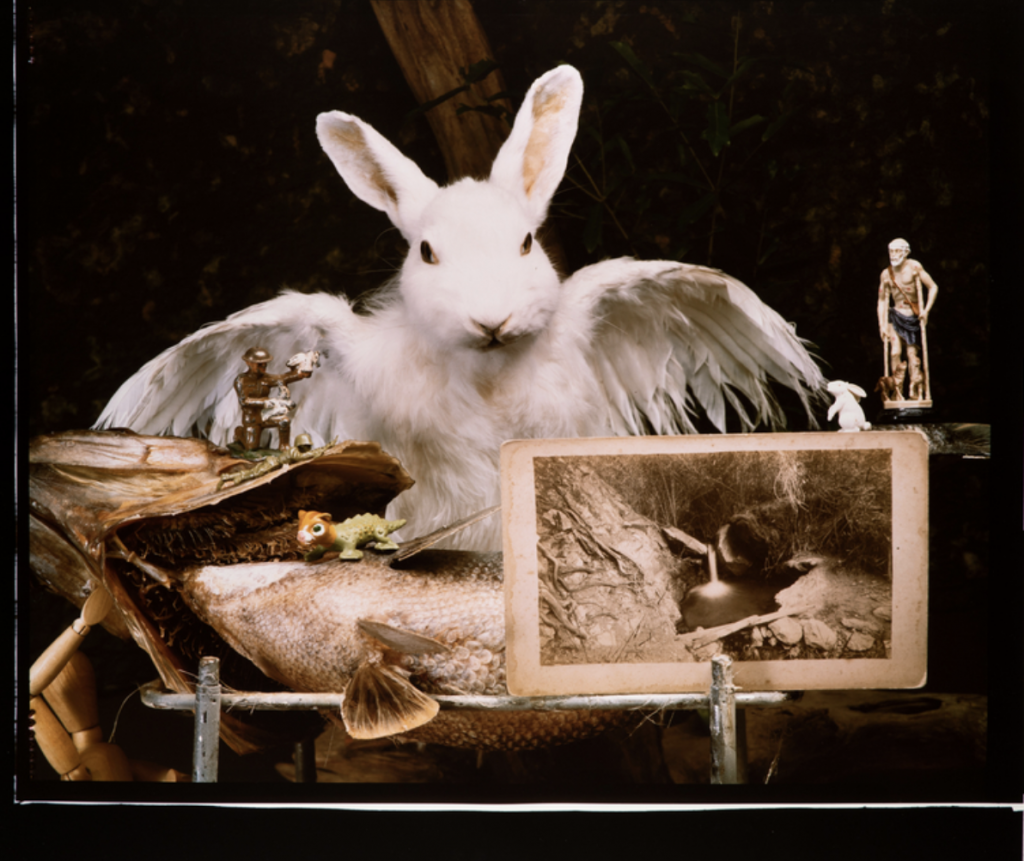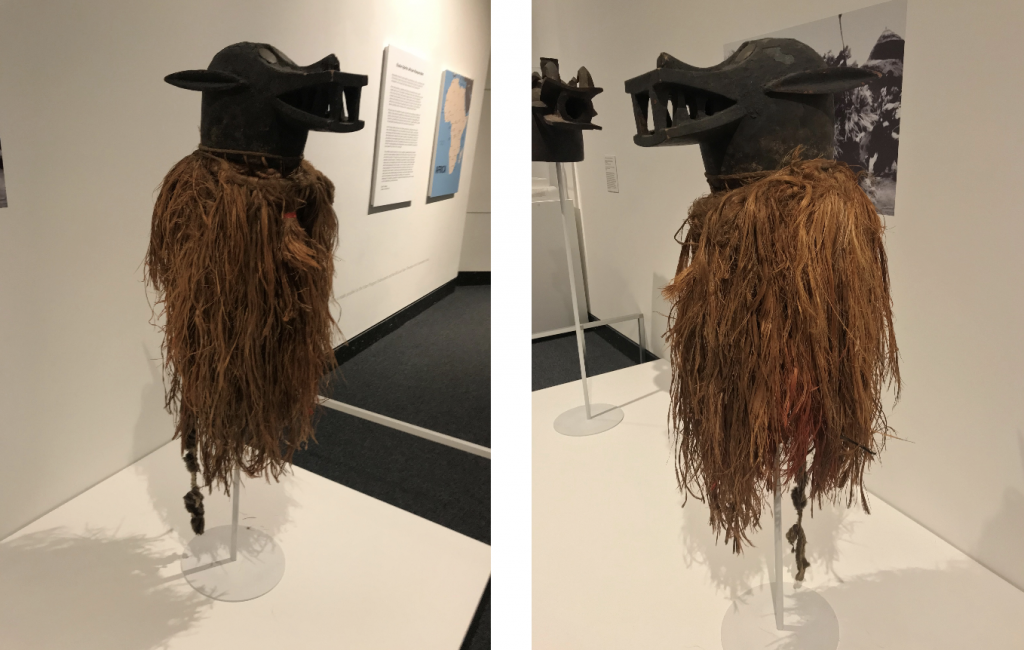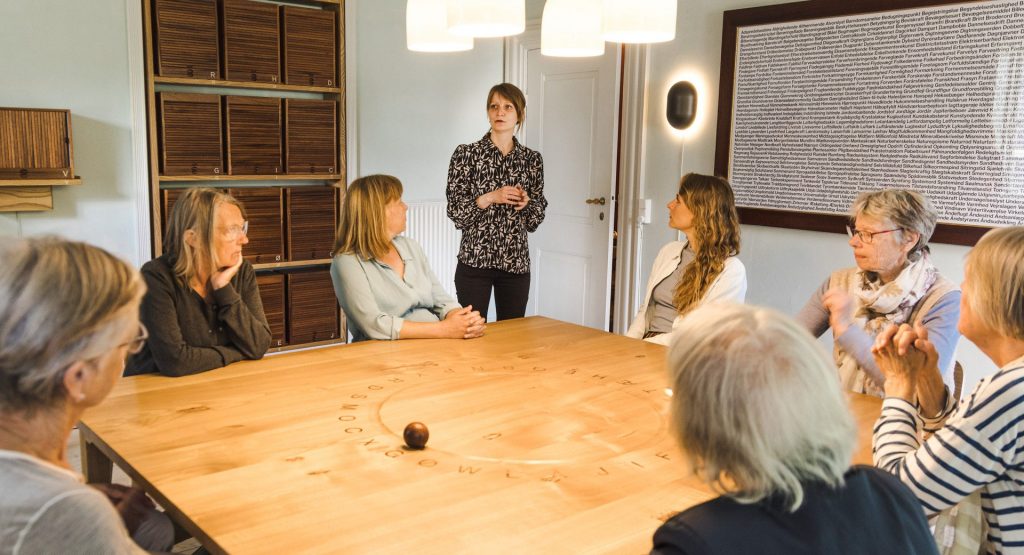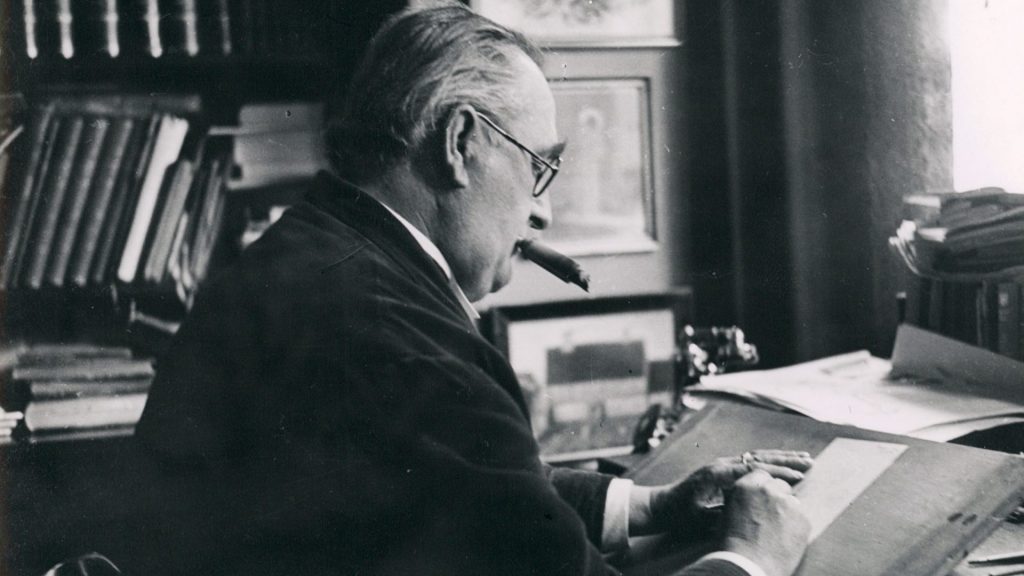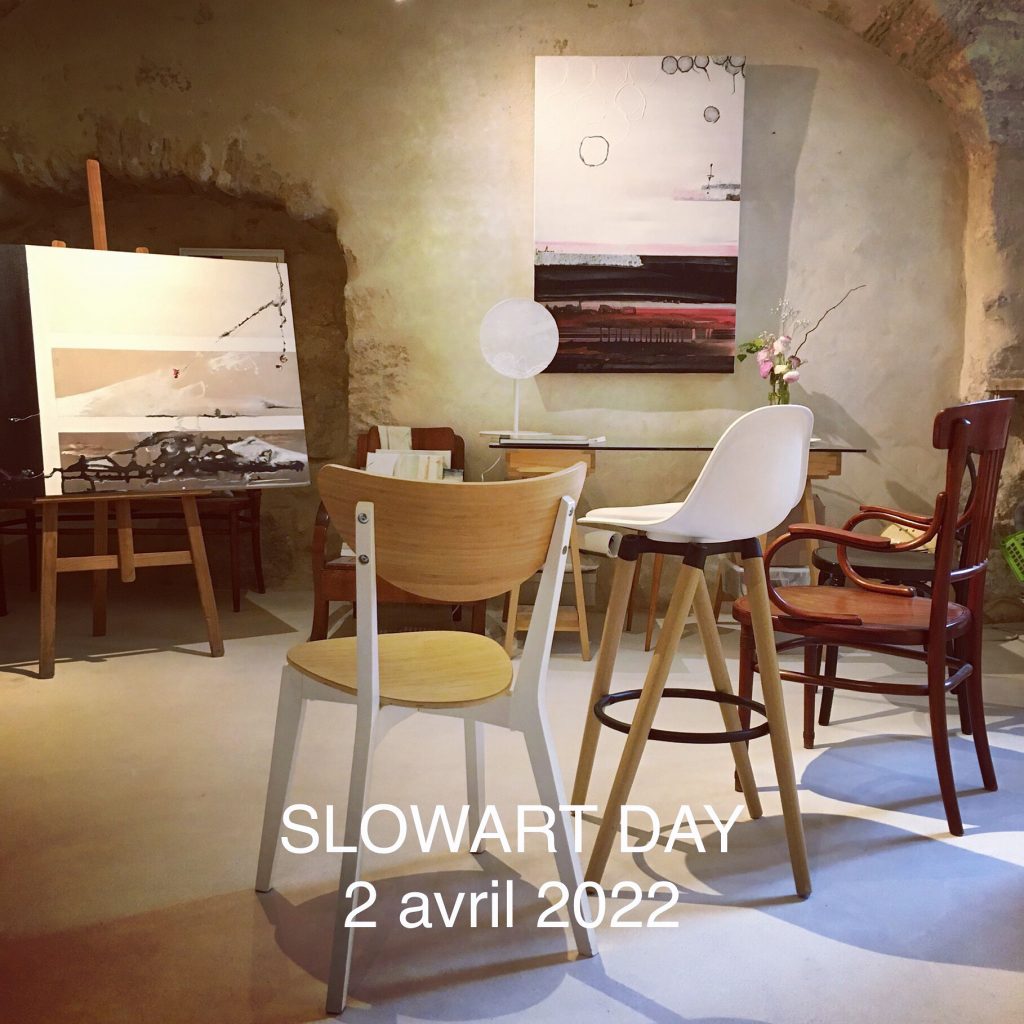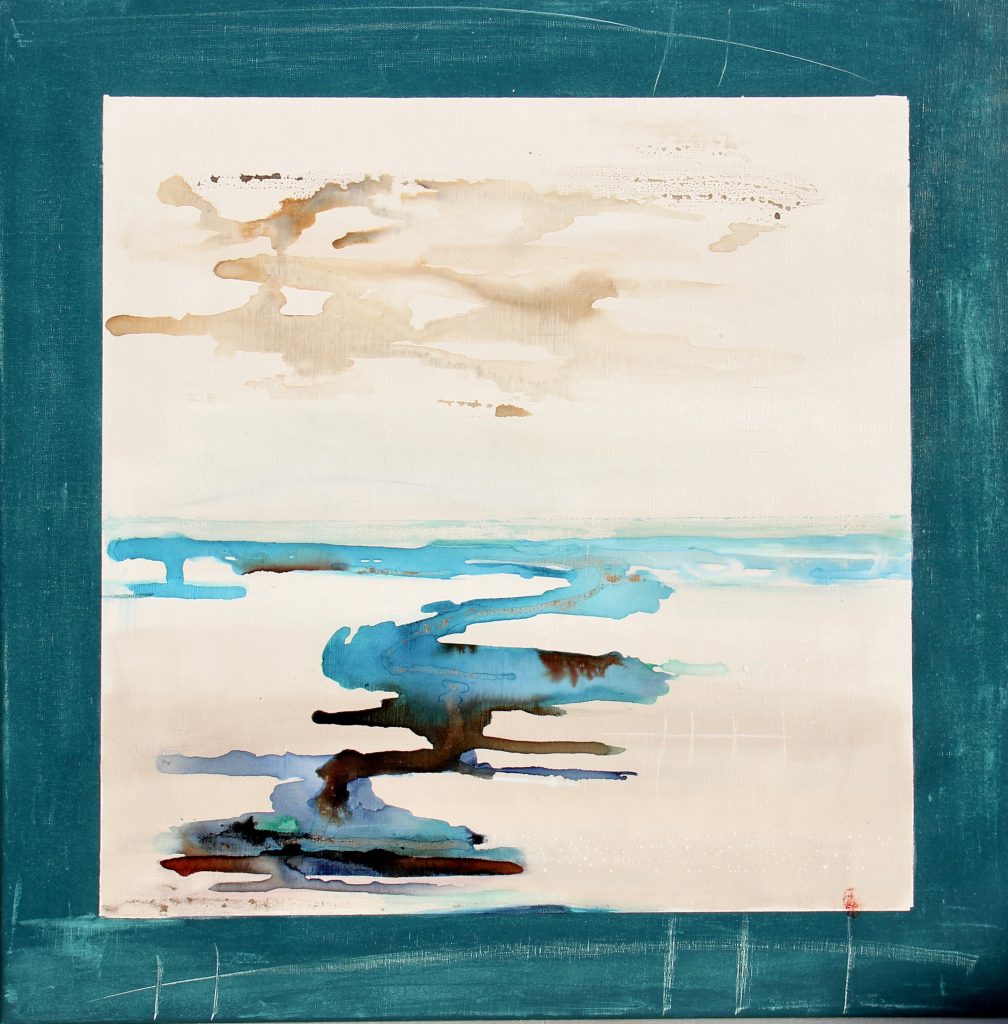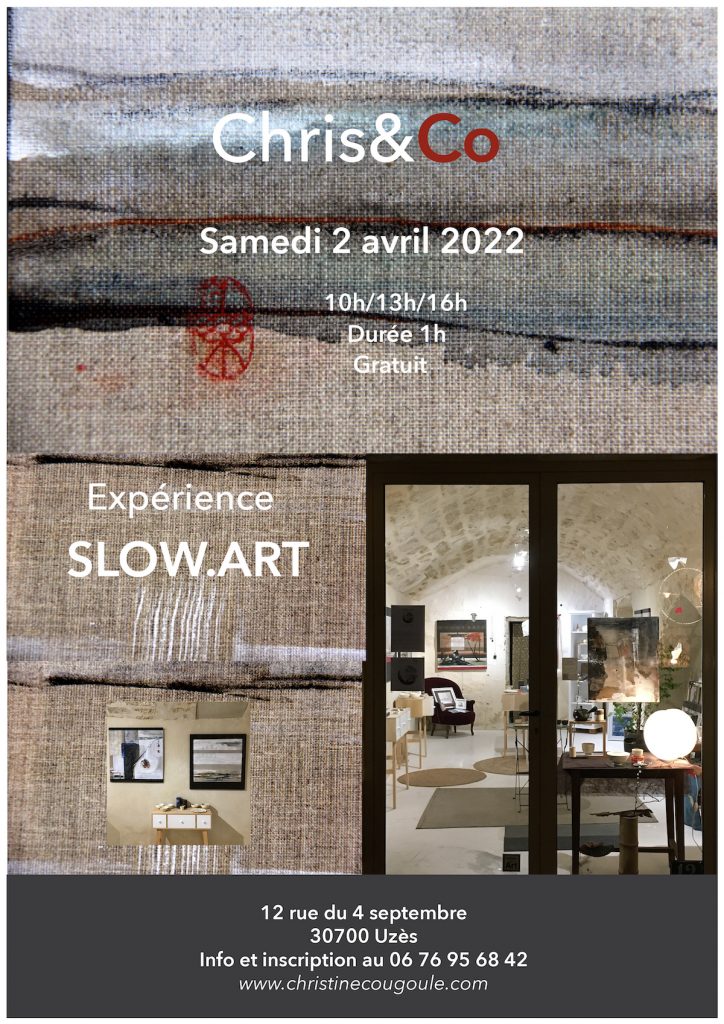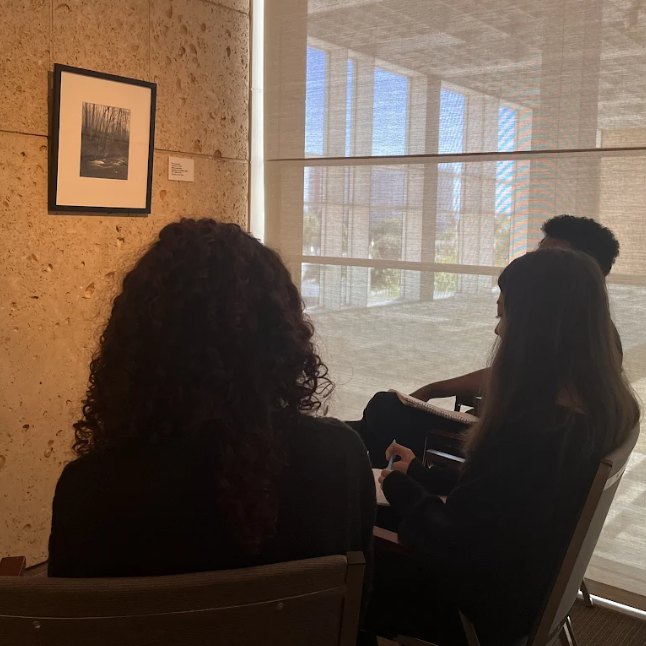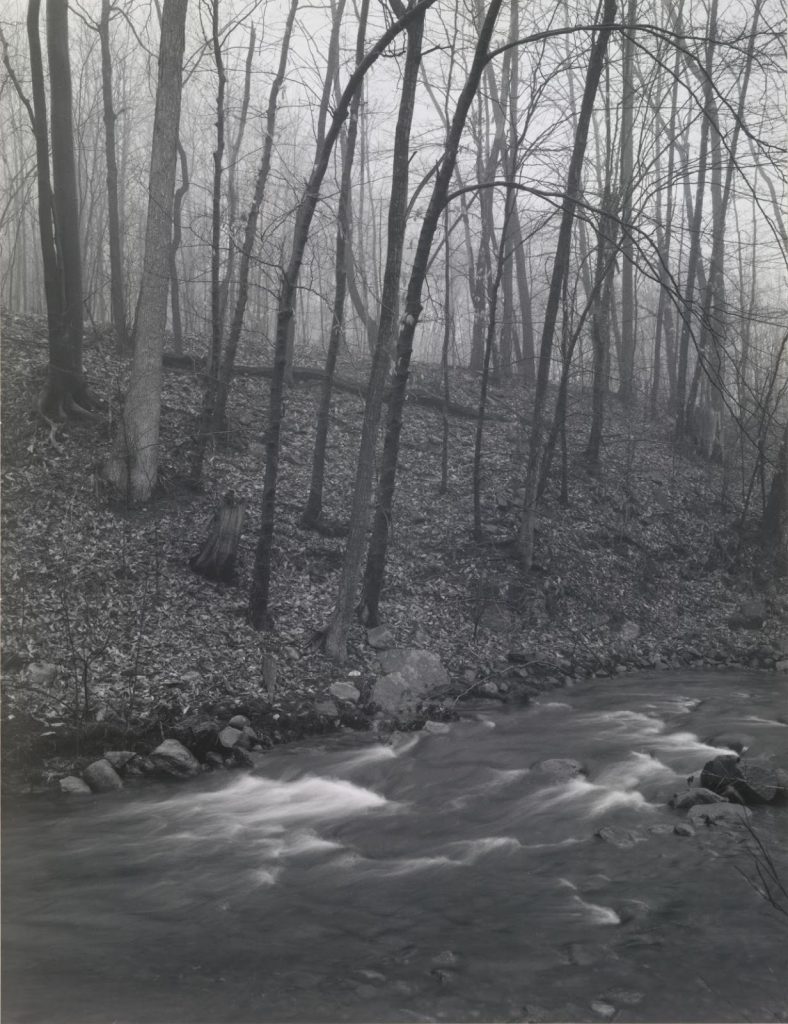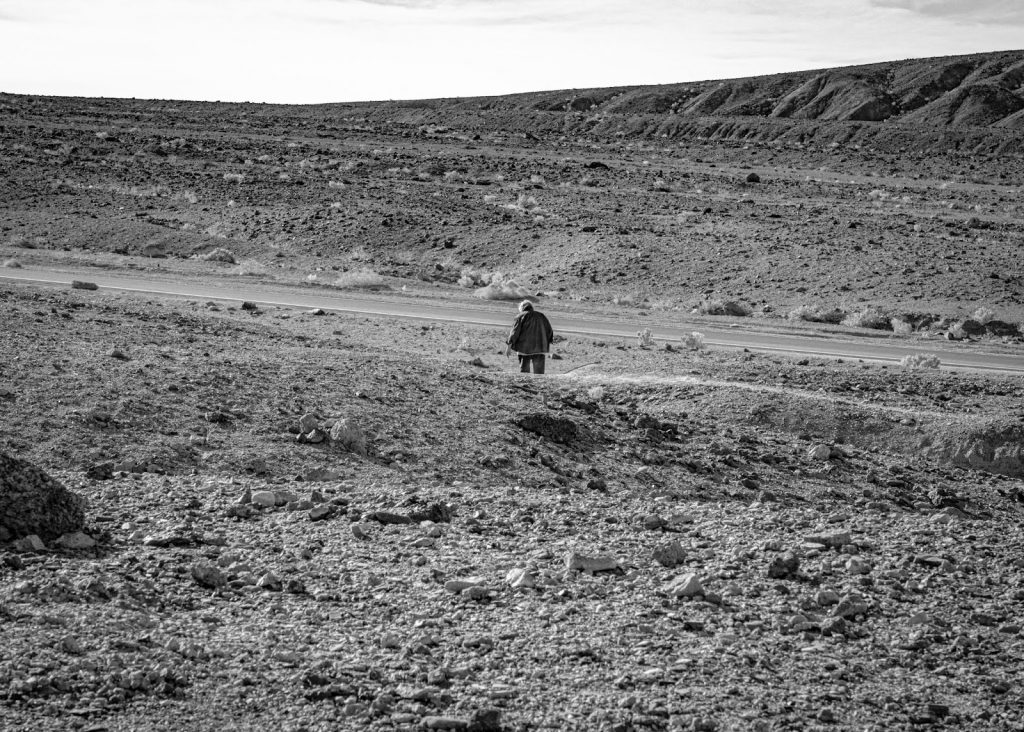For their fourth Slow Art Day the Lehigh University Art Galleries in Bethlehem, Pennsylvania, extended gallery hours and presented a free community workshop in partnership with Shanthi Project, that connected with works on display in the Gateway to Himalayan Art Exhibition

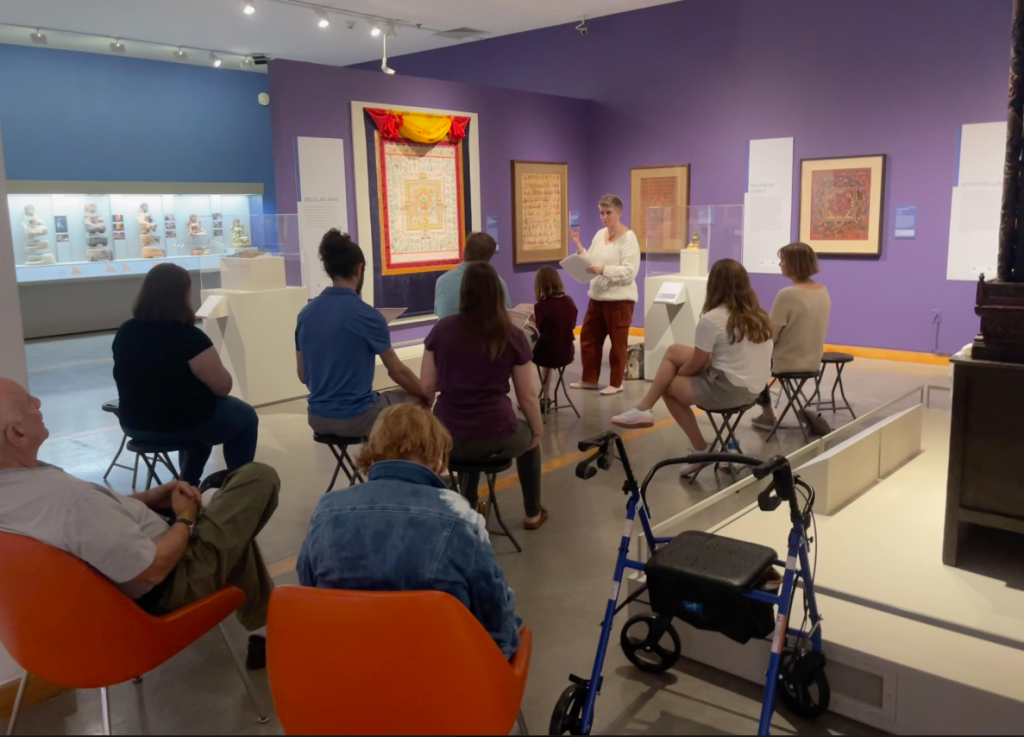
On April 15, participants were first led by teaching artist, Dr. Kristin Baxter in meditation and grounding exercises. They then spent some time looking slowly at a thangka painting of the Medicine Buddha on display as part of the exhibition Gateway to Himalayan Art (pictured above). Following their experience in the gallery, everyone was invited to create their own mindfulness journal to take home.
LUAG also posted short videos on social media to encourage individuals to slow down and take time to view individual works of art, as well as on LUAG@Home – an online listing of resources on their website.
At Slow Art Day HQ we love that Lehigh partnered with the Shanthi Project to bring meditative practices to their event. Meditation and slow looking are closely intwined as demonstrated by what the Rubin Museum of Art, the Phoenix Museum of Art and others have done since the beginning of our movement.
We look forward to whatever Lehigh University Art Galleries come up with for Slow Art Day 2024.
-Johanna, Ashley, Phyl, and Jessica Jane


